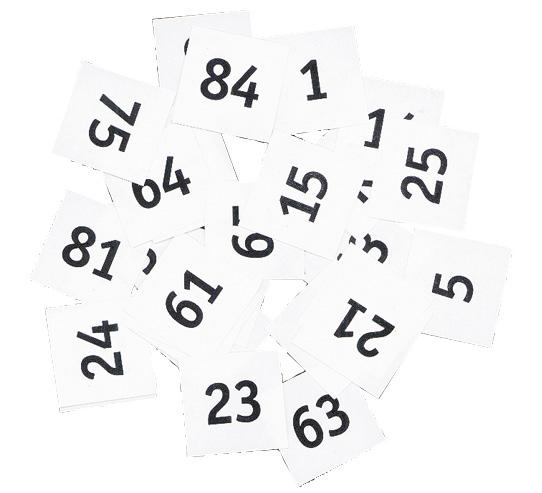Diagnostic questions
- Write the two problems that follow on a card for the student to refer to while solving each one. Ask the student to think aloud as they work them out, explaining how they are using the numbers to reach a solution.
a. Marley and his brother mow lawns to make money. They are given $14 at one house and $18 at another. If they share this money evenly, how much money will each brother get?
Answer: $16
b. The brothers rake up leaves for their neighbour. The neighbour pays them $3 per bag. The brothers rake up four bags one day and six bags the next. If they share the money evenly, how much money will each brother get?
Answer: $15 - Any of the problems listed below could have been used to solve the word problems. Ask the student to use their basic fact knowledge to solve:
a. 4 + 8
b. half of 14
c. 18 ÷ 2
d. 7 + 9
e. 6 + 4
f. 3 x 4
g. 6 x 3
h. 12 + 18
i. half of 30
What to notice in the student’s response
Does the student recognise opportunities to use their knowledge of basic facts?
Does the student use strategies such as counting on or repeated addition?
Can the student recall the basic facts when they are presented without a context?
Deliberate acts of teaching
Materials
- Figure It Out student books levels 2–3, 3, and 3–4. Figure It Out teachers’ support materials can be found in the nzmaths Resource Finder.
- Problem Solving (levels 1–6 on www.nzmaths.co.nz)
Students may have a good grasp of basic facts but not recognise opportunities to use them when solving word problems.
Find Those Facts!
Create problems using basic facts that the student has already mastered or select appropriately levelled problems from Figure It Out or from the problem-solving section on www.nzmaths.co.nz.
Work alongside the student, helping them to identify which equations are needed to solve each problem. Tell the student to highlight any equations that they can solve using basic facts. Create a list of the basic facts that the problems involve and have the student practise them for several days.
Revise the same problems a few days later, asking the student to strategise aloud. Encourage them to solve each problem without writing anything down.
What to do next if the student is stuck
Make sure that the problems are not very complicated. Give the student a single fact to work on and then create a problem using the fact.
Initiating home-based activities
Give the student problems to take home and some basic facts that can be used to solve them. Ask the student to decide which basic facts can be used in each problem.
Next teaching steps back in the classroom
Encourage the student to actively look for opportunities to use their basic fact knowledge when solving problems.
Extend the student by showing them how basic facts can be used to solve harder problems. For example, problems involving 13 times a number can be solved using the 3 times and 10 times tables.
